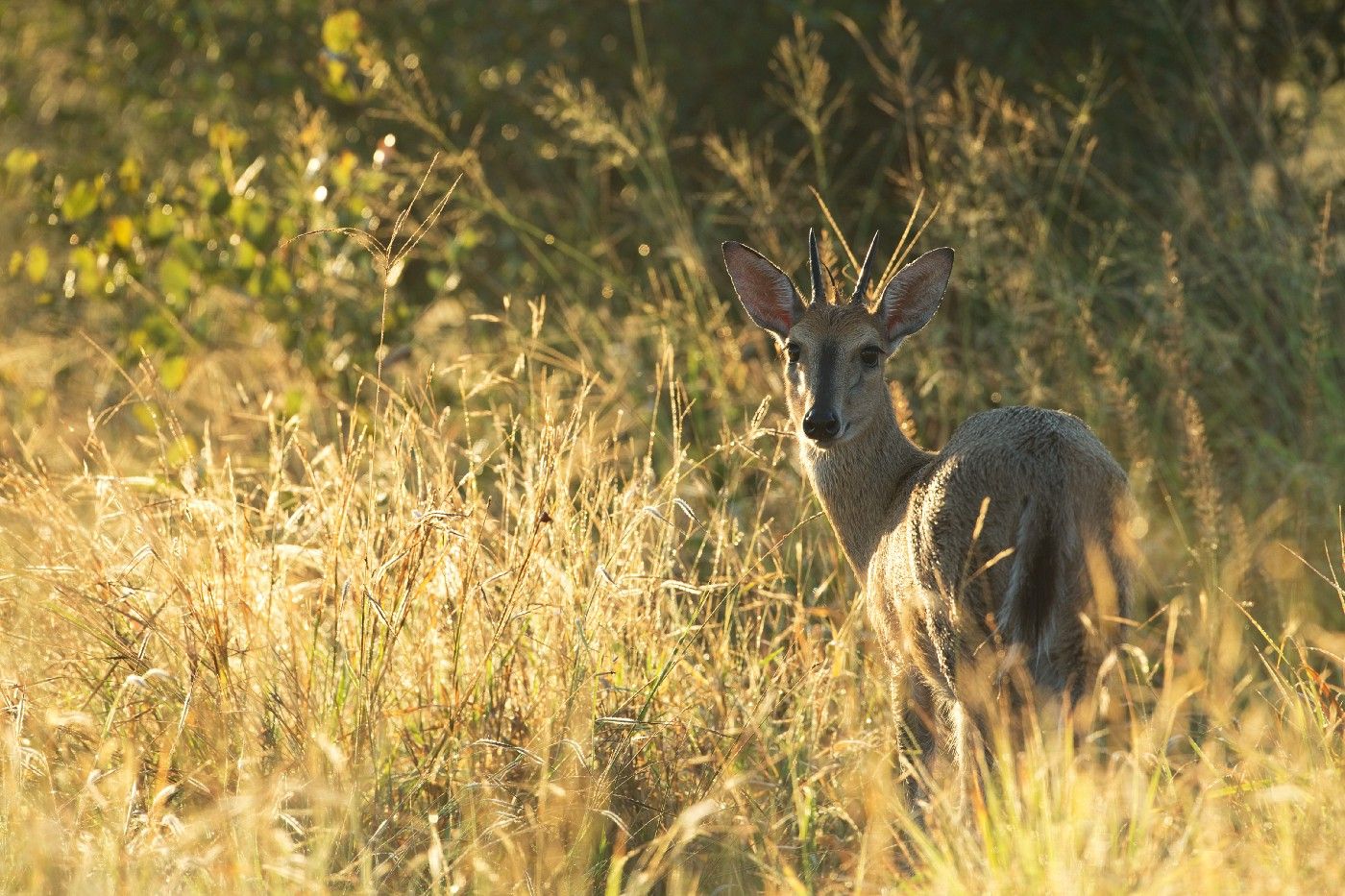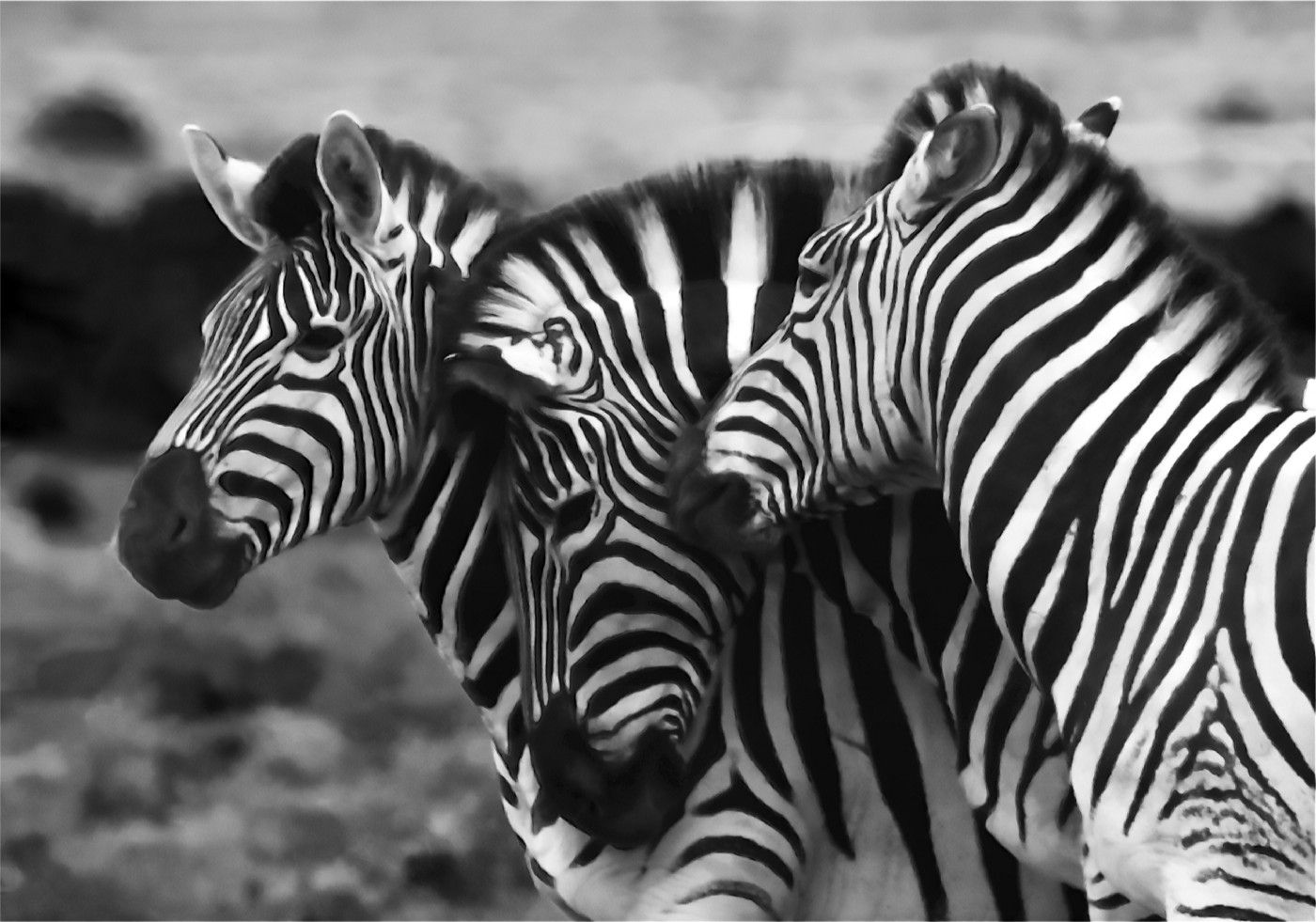They don’t understand Shakespeare, but they do know Mom went thataway…
The herders held their sticks high, occasionally popping a young backside. The calves surged forward, too many to go through at the same time. I stood at the back, my hiking boots caked with African Boran cattle poop, getting covered with the red dust. Here at Ol Pejeta, it’s a busy day. About 200 or more of these animals are about to have their lives protected.
The Boran purebred tends to be fairly quiet and is the perfect beef stock for Africa. They’re a lot more docile out grazing than being invited to head down a narrow chute. The chute is open on the top, and the animals have to go through some low water, which prepares them for the upcoming short, but critically-important, concrete spraying shed. As each animal lumbers through, adults first including mums, then the kids, they get sprayed for tick-borne diseases.
The worst is East Coast Fever. Its incubation period is about fourteen days, according to Charles Mathenge, a veterinarian who works for Ol Pejeta. He’s wearing a heavy coat in the building heat of the Kenyan sun. I don’t know how he does it. Every so often we’d brush away a fly, then Charles would turn and encourage more animals into the chute.
The herd surged and moved like living water. However, mums were over there, and to get to mum, we gotta go through here. Unto the breach, my friends.
When they came out the other side, they were protected. No harm to eyes or respiratory systems, and a great deal of good done for the Boran cattle population. Ideally, this medicinal wetting-down for their protection happens once a week.
Here at Ol Pejeta, livestock is serious business. It’s one of the many Community Department Programs (CDP) headed up by Ian Muiruri, who has vast responsibilities. That’s because Community, right after Conservation, is the second most important priority for this huge, 90,000+ acre conservancy in the shadow of Mt. Kenya.
The proper breeding, grazing, culling, buying and selling of cattle and cattle products to Ol Pejeta’s neighbors and customers is critical business for several reasons:
- It’s a for-profit business. That means that a portion of the money that Ol Pejeta’s money making enterprises makes is used to cover the expenses of conservation. From the standpoint of donors, this is critical. For donors can be assure that no matter what the size of the donation, every single penny goes directly towards conservation, and isn’t diminished by operating costs.
- The communities which surround Ol Pejeta benefit directly, from artificial insemination programs- Ol Pejeta has a veterinarian established in the community for this and other purposes- and what Ol Pejeta learns from its own experiences. All the beef that Ol Pejeta sells goes to Nairobi, which highly values the sweet taste and high quality of the meat. The animals here are fat and healthy, which is often not the case out in the bush where fodder can be scarce as a result of over-grazing, and there are disease issues and predators.
- Climate change is causing very real problems. Controlling the tick population has become more of a challenge. This year, no matter where I went in Tanzania and Kenya, the normally straw-colored grasses, dried by the summer heat, were high and lush. Bushes abounded. While this is great for ungulates and predators who are delighted with the fat herds and bumper crop of well-fed babies, it’s bad news for those same animals. Heat, humidity and lots of rain mean more ticks, and more ticks mean more tick-borne diseases.
To relate this to Americans, the movement of ticks and tick borne diseases in the United States has everything to do with a warming country. Masses of ticks have been showing up in southeastern Canada, attacking and killing moose, and Americans have had their diets forcefully redirected (to the very real dismay of cattle farmers) by the alpha-gal syndrome, borne by Lone Star ticks. As those ticks spread via the bodies of the deer they use as transportation, more Americans are bitten, and suddenly they can no longer tolerate red meat. Great news for the cows. Bad news for cattle farmers. Climate change is a primary culprit and other countries have also seen the syndrome presenting itself.
This is just one reason why the regular spraying of their large herds is so important. Controlling the spread of any tick-borne disease not only protects the cattle, but it also helps protect the wildlife who graze the same grasslands and walk through the dense brush where the ticks may be lying in wait waiting for a free Lyft ride and meal to go.

I have seen fat ticks attached to the necks of large lizards in a Kenyan zoo, and feeding on the cheek of a tiny duiker at an animal rehab center near Moshi. Like the widespread, increasingly-spreading, disease-carrying Aedes aegypti mosquito, ticks are the innocent vectors of increasingly dangerous and virulent diseases worldwide. A warming, humid climate exacerbates this issue, and species have an unfortunate habit of finding ways to adapt in conditions that they might have found decidedly unfriendly before.
But we’re fighting back, because human health isn’t the only issue here. East Coast Fever can kill, debilitate and do real damage to herds. Controlling it is essential for Kenyan livestock owners.
Samuel Mutisya, Head of Conservation at Ol Pejeta, explained that one of the great advantages that they have is that they set an example for the community, local farmers and the many other conservancies that either share a border or exist in close proximity. Ol Pejeta’s high productivity per acre unit, valued at 15,000 Kenyan shillings, is in stark contrast to the average of about 900 shillings on other properties.
That’s precisely what Ol Pejeta hopes to change. The low value of that land often can mean that farmers and other stakeholders need more and more land to make the same amount of money.
If a farmer can improve the health, welfare and therefore the beef quality of his herd, he can make more money without needing more lands. That’s just one essential piece of the puzzle which helps create a collaborative future between an animal conservancy dedicated to preservation, and a burgeoning African population in need of food and critical resources.
Charles, the vet and my host for the spraying operation, has been with Ol Pejeta for nine years now. He loves his work. His handsome round face splits in a great grin, the heat of the day making sweat bead on his ebony skin. Charles’ work saves lives, not only the cattle, but also the wildlife. It also improves the lot of local farmers, who benefit directly from healthier cattle stock, from what Ol Pejeta is constantly learning and experimenting, and sharing with those who share its borders and beyond.
All the animals now through the cute and sprayed, Charles is done for this part of the operation. He dons his heavy blue jacket again, brushes off the red dust, settles his helmet and heads off on his motorcycle. More work to do. Lots of it.
On the other side of the spraying shed, the calves seek out mom. We’re all through breach. Time to relax. Emergency is over, nobody got hurt. That is, except for the tick population.
That’s good news for everybody.

Comments powered by Talkyard.